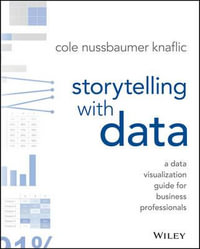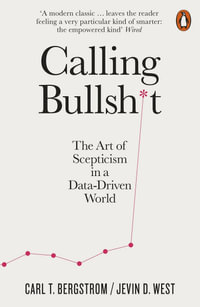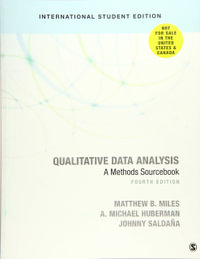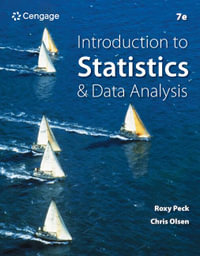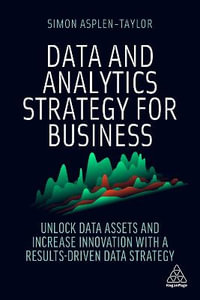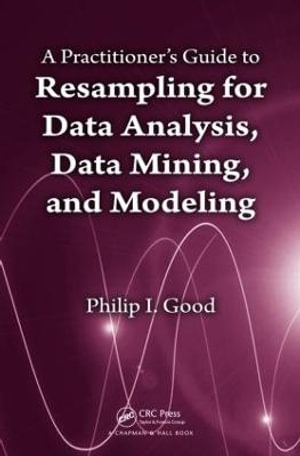
A Practitioner's Guide to Resampling for Data Analysis, Data Mining, and Modeling
By: Phillip Good
Hardcover | 25 August 2011 | Edition Number 1
At a Glance
Hardcover
RRP $137.00
$113.90
17%OFF
Aims to ship in 7 to 10 business days
When will this arrive by?
Enter delivery postcode to estimate
Distribution-free resampling methods—permutation tests, decision trees, and the bootstrap—are used today in virtually every research area. A Practitioner's Guide to Resampling for Data Analysis, Data Mining, and Modeling explains how to use the bootstrap to estimate the precision of sample-based estimates and to determine sample size, data permutations to test hypotheses, and the readily-interpreted decision tree to replace arcane regression methods.
Highlights
- Each chapter contains dozens of thought provoking questions, along with applicable R and Stata code
- Methods are illustrated with examples from agriculture, audits, bird migration, clinical trials, epidemiology, image processing, immunology, medicine, microarrays and gene selection
- Lists of commercially available software for the bootstrap, decision trees, and permutation tests are incorporated in the text
- Access to APL, MATLAB, and SC code for many of the routines is provided on the author's website
- The text covers estimation, two-sample and k-sample univariate, and multivariate comparisons of means and variances, sample size determination, categorical data, multiple hypotheses, and model building
Statistics practitioners will find the methods described in the text easy to learn and to apply in a broad range of subject areas from A for Accounting, Agriculture, Anthropology, Aquatic science, Archaeology, Astronomy, and Atmospheric science to V for Virology and Vocational Guidance, and Z for Zoology.
Practitioners and research workers and in the biomedical, engineering and social sciences, as well as advanced students in biology, business, dentistry, medicine, psychology, public health, sociology, and statistics will find an easily-grasped guide to estimation, testing hypotheses and model building.
Industry Reviews
ISBN: 9781439855508
ISBN-10: 1439855501
Published: 25th August 2011
Format: Hardcover
Language: English
Number of Pages: 226
Audience: College, Tertiary and University
Publisher: Taylor & Francis Ltd
Country of Publication: GB
Edition Number: 1
Dimensions (cm): 16.8 x 24.3 x 2.0
Weight (kg): 0.52
Shipping
| Standard Shipping | Express Shipping | |
|---|---|---|
| Metro postcodes: | $9.99 | $14.95 |
| Regional postcodes: | $9.99 | $14.95 |
| Rural postcodes: | $9.99 | $14.95 |
How to return your order
At Booktopia, we offer hassle-free returns in accordance with our returns policy. If you wish to return an item, please get in touch with Booktopia Customer Care.
Additional postage charges may be applicable.
Defective items
If there is a problem with any of the items received for your order then the Booktopia Customer Care team is ready to assist you.
For more info please visit our Help Centre.
